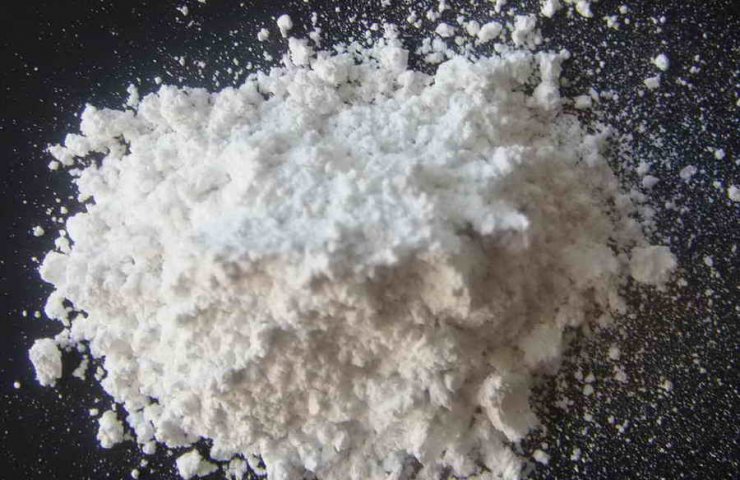Boron nitride is a heat-resistant crystalline compound consisting of boron and nitrogen. The connection is obtained by one of several methods:
- Chemical. Boron oxide (B 2 O 3 ) is mixed with ammonia (NH 3 ) at about 2000 ° C.
- Plasma-chemical. Amorphous boron is fed into a stream of nitrogen plasma heated to a temperature above 4700 K.
- Pyrolysis. Volatile boron and nitrogen compounds undergo thermal decomposition at temperatures from 1000 to 2000 K.
General formula and modifications
The chemical formula of boron nitride is BN. There are several allotropic modifications of the compound:
-
Hexagonal (α) - h-BN. This form of boron nitride has the greatest number of applications due to its low coefficient of friction, electrical conductivity and thermal stability (the compound can withstand temperatures up to 3000 ° C).
-
Cubic (β). This shape has high electrical resistance and good thermal conductivity, almost at the level of diamond. Cubic boron nitride does not dissolve in steel alloys, making it a good abrasive material.
-
Amorphous. Non-crystalline form of boron nitride. Its structure and properties are comparable to amorphous carbon.
Since boron nitride exists in several polymorphs, the compound finds use in many industries.
Physical and chemical properties
At the molecular level, the structure of a substance can be in the form of a flat or cubic lattice. This determines the main known physical and chemical properties of boron nitride:
-
Heat resistance. The melting point of the substance is 2973 ° C. According to this indicator, boron nitride is on a par with metals such as hafnium, osmium and molybdenum, which are classified as refractory.
-
Thermal conductivity. At 1700–2000 W /mK, the thermal conductivity of BN is comparable to that of graphene.
-
Density. Depending on the modification, it ranges from 2.1 to 3.5 g /cm 3 .
From a chemical point of view, boron nitride is inert. The substance does not react with reagents and molten metals, including titanium, copper, aluminum and others. Resistant to acid and alkaline environments. Does not oxidize at temperatures up to 700 ° C.
Quality indicators
The most commonly used boron nitride is hexagonal, sometimes called "white graphite". The production of this substance is regulated in accordance with TU U 26.8-00222226-007-2003. High-quality material is a fine pure white powder, visually reminiscent of talc. 90% of the particles are no more than 20 microns in diameter. The mass fraction of boron nitride (BN) in the compound is from 97.4%. Bulk density - not less than 0.33 g /cm 3 .
Application
The exceptional thermal stability of boron nitride allows it to be used in a wide variety of applications associated with extremely high temperatures. Applications of BN:
-
production of refractory materials - both dielectrics and semiconductors;
-
application of protective coatings (non-stick, to protect metals from corrosion);
-
manufacture of heat-resistant ceramics;
-
oil refining, industrial organic synthesis;
-
nuclear power.
Hexagonal boron nitride is used to improve the lubricity of rubber, plastics, alloys and ceramics. Due to its low coefficient of friction, it is used in the production of paints, cosmetics, pencil leads, dental cement. The excellent lubricating properties of BN are manifested also in the absence of gas or water molecules in the layers of the compound, which makes it a good component for vacuum systems.
Boron nitride with a band gap of 4.5 to 6.4 eV is an excellent semiconductor. The properties of the connection allow it to be used in the development of field-effect transistors and metal oxide semiconductors (MOSFETs).
Cubic boron nitride is often used as an abrasive for nickel, iron and some alloys where diamond is not suitable (for example, at very high temperatures). This form of BN is used in cutting tools and grinding equipment.




